Chinese New Year - History & Traditions
A holiday that has been celebrated for nearly 4000 years, the Chinese New Year Festival has origins spanning as far back as China's Shang Dynasty (1600-1046 BC). In those days, China was primarily an agrarian society, and Chinese New Year started as a celebration to mark the conclusion of the cycle of seasons determined by the lunar calendar. This was an especially momentous occasion celebrating the past year’s harvests, and incorporated worshipping and praying for the blessing of a bountiful harvest in the seasons to come.
By the time of the Han Dynasty (202 BC-220 AD), the holiday had become a nationwide social practice, and was officially recognized by the government which would hold large scale events in celebration. Traditionally, the Chinese New Year festival continues for 15 days and ends with the Lantern Festival.
However, in China, many within the workforce will take an extended leave of absence for several weeks, often beginning one week before the holiday and returning up to two weeks after the festival conclusion.
This allows workers ample time for travel to reunite with family and it is common for this to be the only vacation time they will take for the entire year. In fact, the travel season in China during the new year is so busy, that the event today is regarded as being the largest scale annual human migration in the world. Each year, there is an estimated three billion passenger journeys made.
The date when Chinese New Year occurs fluctuates every year according to the lunar calendar, falling on the second new moon following the December solstice (the shortest day of the year in the northern hemisphere). This time is also considered the start of a calendar year for the traditional Chinese calendar, so it is associated with new beginnings.

Satellite GPS tracking of cell phones in China shows the travel paths of individuals during Chinese New Year, the largest annual human migration in the world.
How the Lunar Calendar Works
Unlike the Gregorian calendar, which is used in most of the world and is based on the Earth's orbit around the sun, the lunar calendar is based on the moon's orbit around the Earth. The traditional Chinese calendar is based on a lunar calendar, in which days begin and end at midnight, and months begin on the day of a new moon. The new moon is a phase when the lunar disk is not visible to the human eye. A lunation, also referred to as a synodic month, represents the time passed from one new moon to the next, and there are 12 of these months in a year.
Although the Gregorian calendar was formally adopted in China in 1929, the traditional Chinese lunisolar calendar still governs holidays like Chinese New Year and the Lantern Festival, and is also used for selecting dates for auspicious events like weddings.
Chinese New Year Customs
- Getting a Fresh Start
As it marks the start of the calendar year, the new year celebration is also associated with a fresh start in Chinese culture. Because of this, it is important to expel negative energy before it starts. In preparation for the new beginning, tasks like cleaning, removing unwanted things, remodeling, and refurnishing are best done before the new year. Dressing oneself in new clothes and new shoes is also customary on new year's day.
- Spring Couplet
One of the most common and important customs of Chinese New Year involves the hanging of Spring Couplets on the front door of dwellings. A couplet is a Chinese form of poetry that features 2 written lines which must adhere to certain rules.
In general, the two lines should be related, but antithetical in meaning. The Spring couplet is always illustrated with gold or black calligraphy on a red scroll, with each line of the couplet occupying a separate scroll pasted or hung on either side of the doorway.
In the center of the entry, 2 characters are commonly displayed referring to 'spring' or 'prosperity'. Often, these characters may be hung upside down to signify 'arrival', (meaning the arrival of spring or prosperity).
- Red Envelope
In Chinese and many East Asian societies, it is customary to bestow a red envelope containing a monetary gift to a recipient during an auspicious event or holiday.
The color red symbolizes good luck in Chinese culture and is believed to ward off evil spirits. During Chinese New Year, these envelopes are typically gifted to the young and unmarried, who are viewed as the next generation.
The Chinese Zodiac
Not to be confused with the western zodiac, the Chinese Zodiac is an entirely different system of astrology which assigns an animal and an element to each calendar year within a 60 year cycle. In total, there are 12 different animals and 5 elements, with each animal year occurring 5 times during the 60 year cycle, once for each element.
Each animal and element has its own characteristics, and together, the combination of each is believed to determine the personality and destiny for an individual born under that sign. Hover over the animal and element names below for more information about their unique qualities.
鼠 RatThis rat is the first of all zodiac signs. Although people consider the rat to be unappealing, there is a great significance behind it in Chinese astrology. The year of the mouse identifies people as quick-witted, versatile, and kind, which gives them the qualities needed to be a resourceful salesman or business man. |
牛 OxRanking second in Chinese zodiac signs, the ox is a big deal. Those born during the year of the ox are known to be determined and dependable people, expressing characteristics of a strong being. |
虎 TigerThe tiger, the most competitive of all signs, is the leader of the group. Those with tiger signs carry the qualities of bravery and confidence. Because they are so strong-headed, some people may view them as arrogant. |
兔 RabbitThose born during this calendar year are very different from the tiger. Instead, rabbit signifies a more quiet and kind personality. They avoid confrontations or having any enemies. And although very quiet, they still have the ability to be responsible enough to complete their work efficiently. |
龍 DragonThe dragon is very well known in Chinese culture. The personality of a dragon includes confidence and enthusiasm. They are intelligent enough to take charge of any situation easily tell right from wrong and try to steer clear from all negativity or anything/anyone that gets in their way. |
蛇 SnakeIn most cases, the snake is considered to be a venomous, evil serpent. However, during the year of the snake, one is known to carry wisdom and intelligence. With suspicion being their downfall, they are also known to be hesitant with any decisions which can make them enigmatic. |
馬 HorseThe horse is impressive in the sense that it portrays an active personality. Because they are so energetic, it makes them an animated presence in any situation, which causes them to usually have a lot of friends around. This makes them constantly strive to improve themselves. Although usually surrounded by people, they are still known to be independent. |
羊 GoatThis goat, also referred to as the sheep or ram, is one of the most admired signs. People born during the year of the sheep have a certain sensitivity that others like to surround themselves with. Their gentle and calm aura makes them perfect in situations of making the right decisions with an economical outcome. |
猴 MonkeyPeople born during the year of the monkey are smart and self-assured with their business careers and their wealth. Their curiosity makes them strive to be sharp on their feet and flexible in all situations, making them an envy to others. Their enthusiasm towards their work can be seen to others as being looked down upon. |
雞 RoosterThe Chinese zodiac for rooster carries positive characteristics. They are honest, hardworking people that can easily carry a conversation. A strong and important thing about those with the rooster sign is that they have enough courage which leads them to need to rely on others. Other than their personality traits, they are also known to be handsome or pretty beings that enjoy dressing up on occasions. |
狗 DogThose who are born during the year of the dog carry similar qualities to those of a real dog. They have loyal and lively qualities. This allows them to be honest with the people they surround themselves with creating strong relationships. They are also not afraid of the situations that they overcome in their daily lives. |
豬 PigThe connotations that surround the pig are not at all a reflection of what the Chinese zodiac pig portrays. Instead, the pig is known for its compassion and generosity for other’s which helps it gain positive relationships with others. Though naïve at times, they are no less diligent when it comes to their responsibilities. |
木 WoodAssociated with sensuality, patience, and generosity, but also intrusiveness and lack of composure.
| 火 FireAssociated with passion, warmth, and creative spirit, but also impatience, aggression, and destruction.
| 土 EarthAssociated with practicality, endurance, and honesty, but also stubborness and reservation.
|
金 MetalAssociated with courage, ambition, and discipline, but also cruelty and lack of mercy.
| 水 WaterAssociated with wisdom, empathy, and persistence, but also passivity and self-indulgence.
|
Zodiac Calendar Designations
The chart below designates recent and upcoming years on the zodiac calendar.
- 2018 - Earth Dog
- 2019 - Earth Pig
- 2020 - Metal 'Golden' Rat
- 2021 - Metal Ox
- 2022 - Water Tiger
- 2023 - Water Rabbit
- 2024 - Wood Dragon
- 2025 - Wood Snake



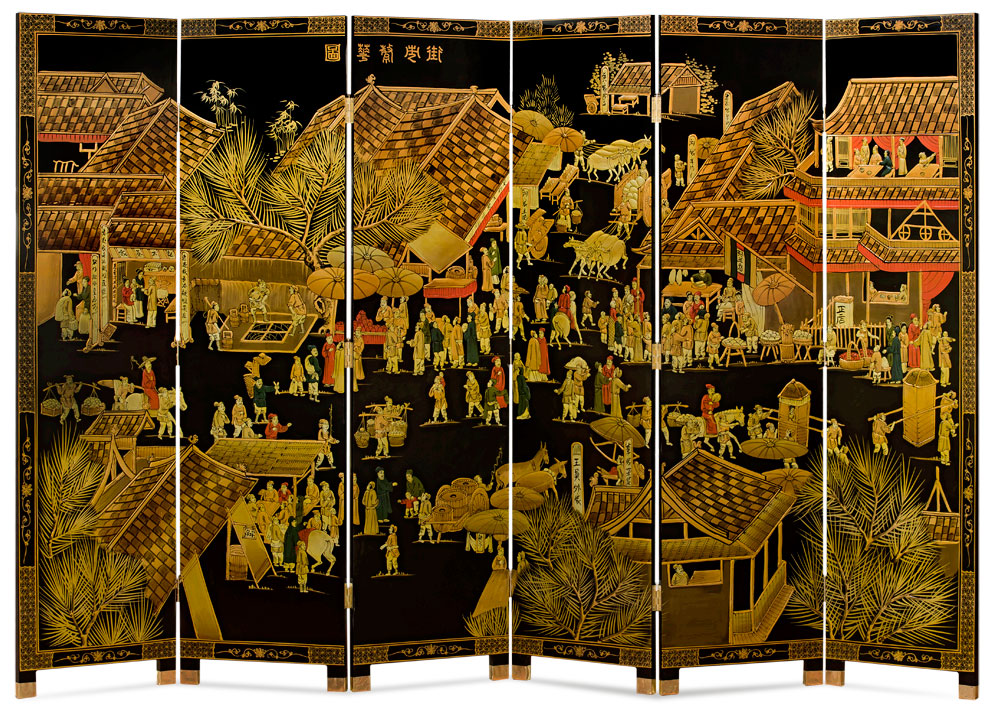
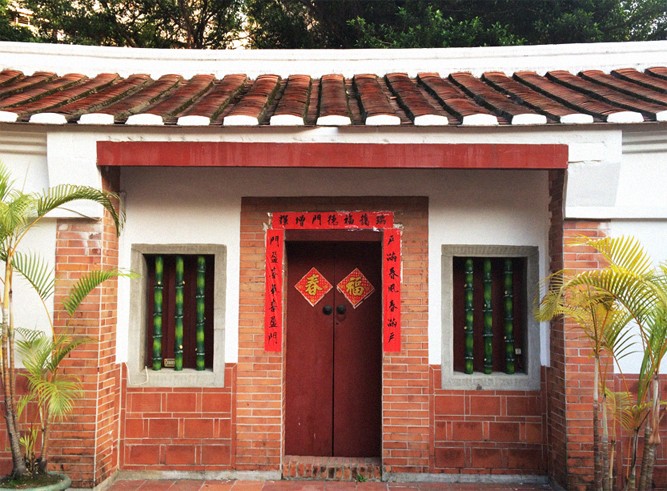

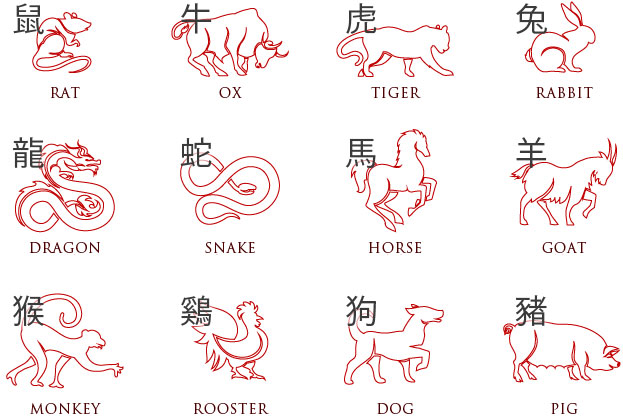
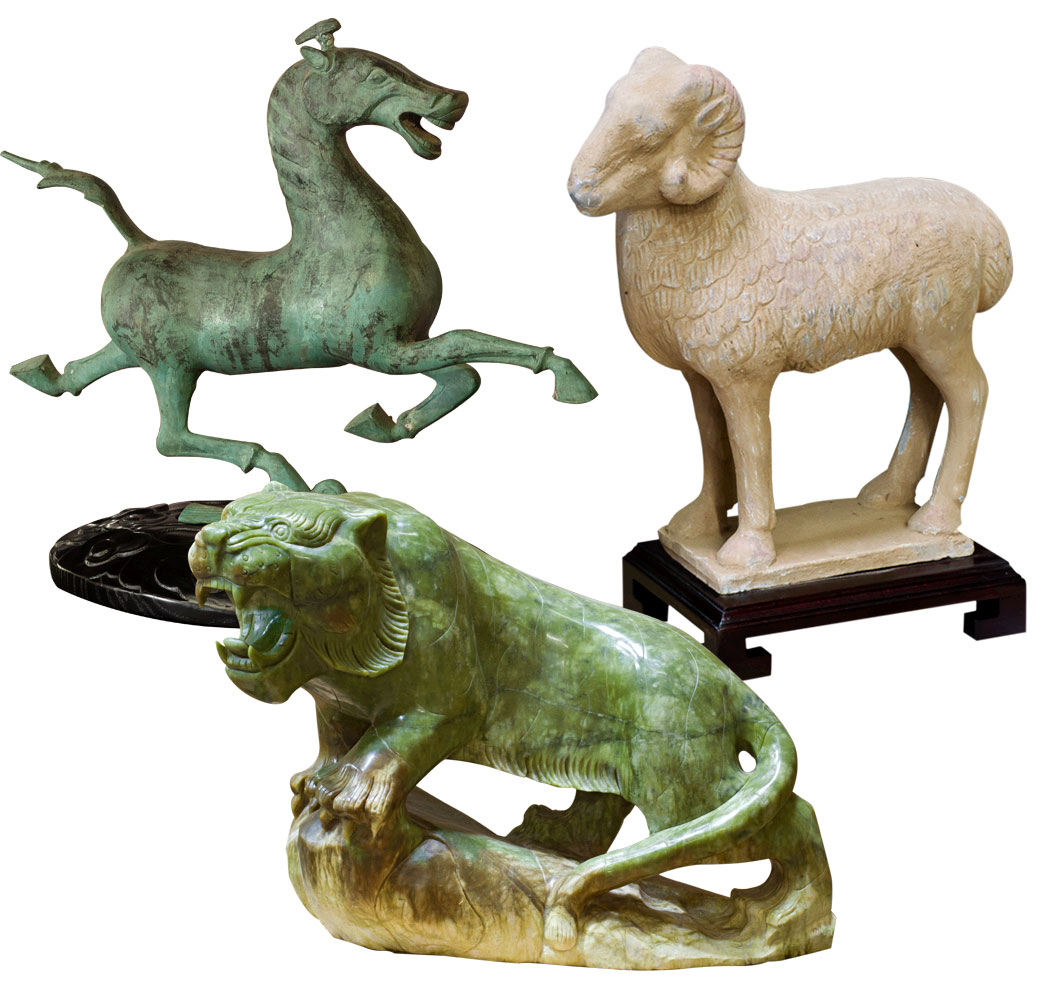
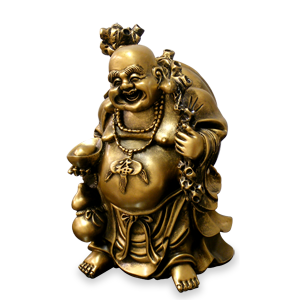
SocialMedia